15 Reasons to Think Twice Before Getting a Chinchilla
Chinchillas are adorable little bouncing puff balls, and when it comes to purchasing one, few stop to think twice before pulling the trigger. As with any pet, it is imperative to do your homework first to understand the pros and cons of owning the pet. Knowing precisely what husbandry for such an animal will entail and how long the life expectancy is for your potential future housemate is crucial.
Chinchillas are often whimsical friends who love exploring, bouncing off objects when they get excited, and love snacks. All of those features sound like an amazing and easy-to-care-for furry friend. Unfortunately, chinchillas are challenging to care for because they are quite delicate to change. Be sure to do extra research for weeks before entertaining the idea of housing one of the sweet balls of fluff. They may not be the best pet for you.
A Few Reasons To Consider Before Adopting a Chinchilla
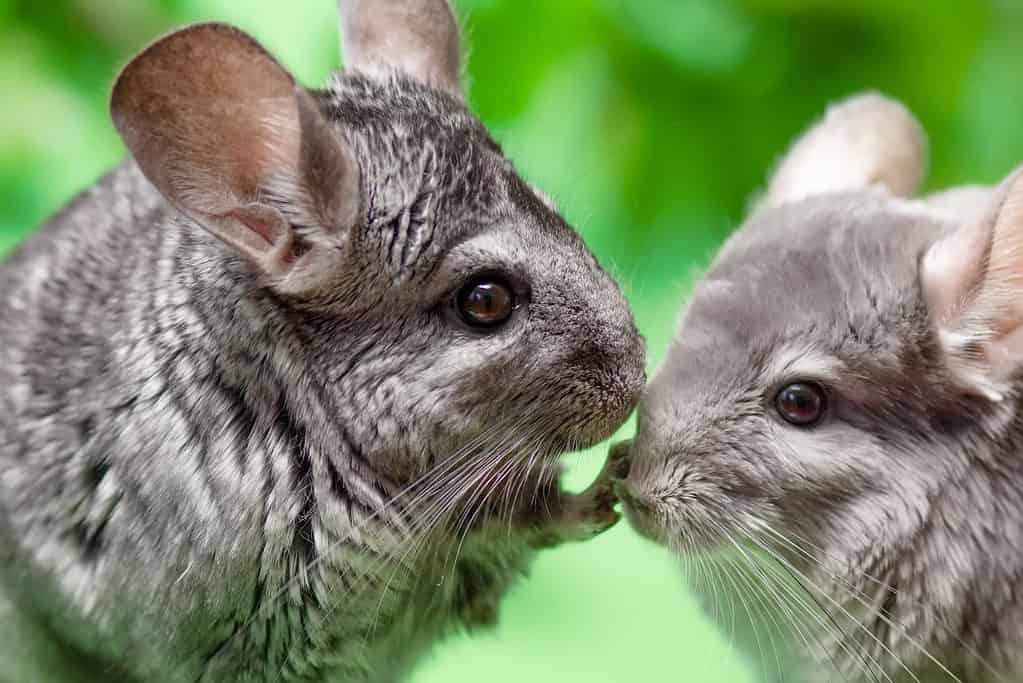
©Creatopic/Shutterstock.com
Chinchillas rank high on the cuteness scale. However, so much more goes into having your very own little fluff ball. They aren’t the easiest pets to care for and can be especially difficult if you are allergic to them or the volcanic dust they bathe in.
1. Allergies
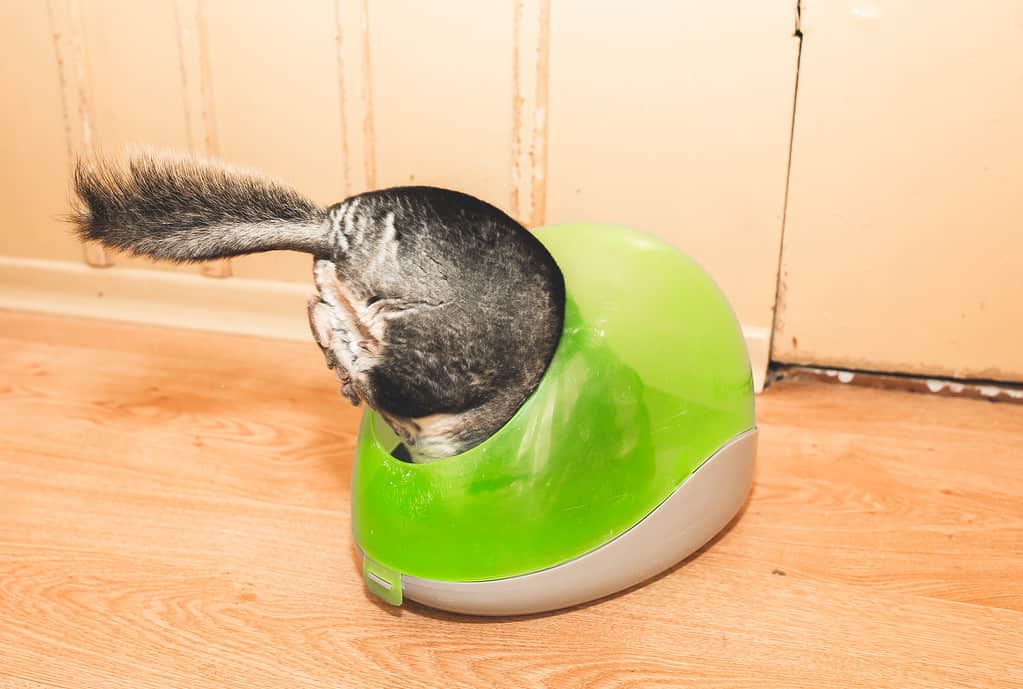
©Vadym Plysiuk/iStock via Getty Images
Chinchillas have highly dense fur that can cause a significant allergic reaction in some people. The odd thing is that these same people may not be allergic to any other animals. Chinchilla fur is unlike the coat of any other animal. They have 60 hairs per hair follicle and 20,000 hairs per square inch. Their extremely fine hair has a way of making its way into the eyes and noses of humans, leaving them sneezing for hours with red, itchy eyes and sometimes even a bit of a wheeze. This is all just about their fur. We haven’t discussed the volcanic “finer-than-baby powder” dust they need to bathe in.
While a chinchilla bathes in the special volcanic sand, they run in and out of the sand enclosure, flipping around and rolling in the dust. This ensures they have wholly covered every hair with the mega-fine, oil-absorbing dust. It is vital for their health that they take at least one dust bath per week.
The battle doesn’t simply go away when you pick up the sand enclosure and clean it. The sand or extra fine dust will coat your entire home and everything you love, and there will never be a way to fully clean it all up. Plus, since dust baths are recommended frequently, this is a battle you won’t ever win. The dust can easily be inhaled when it becomes airborne. The dust can leave an asthmatic gasping for air and a person without allergies in bad shape. It is so severe that it really shouldn’t be used inside a living space at all.
2. Cost of Everyday Care
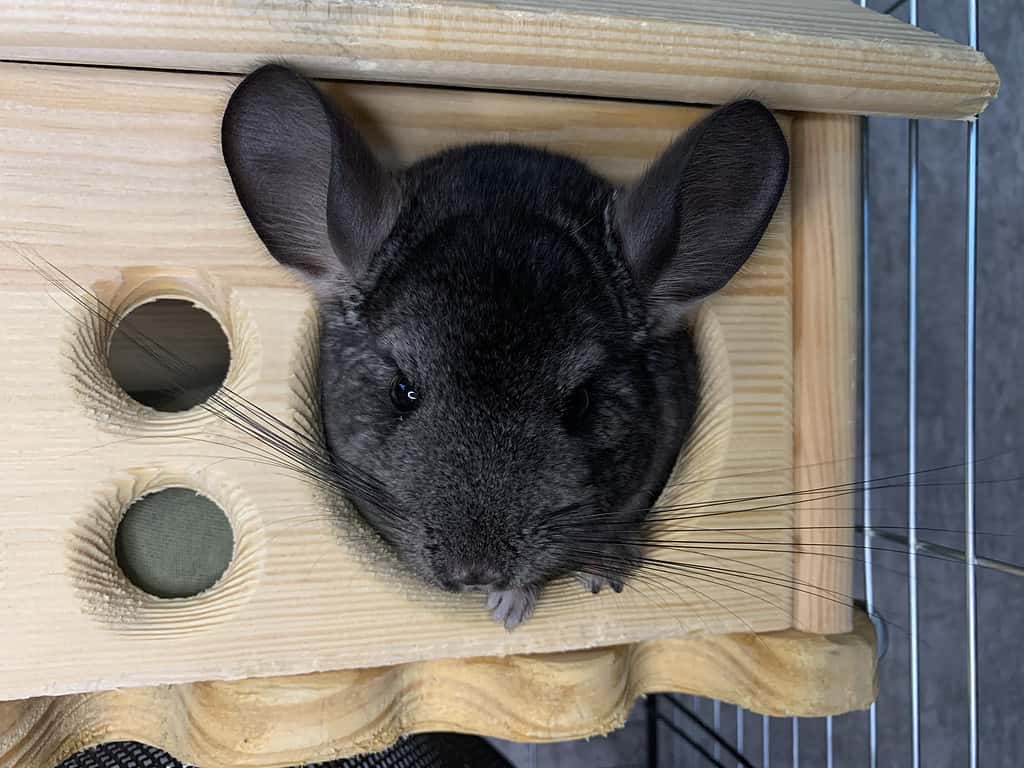
©Sergey Polegenko/iStock via Getty Images
Chinchillas aren’t just problematic for people with allergies; they are also hard on bank accounts. They are expensive to adopt and typically run several hundred dollars. The supplies they require to get them set up can be a lot. The correct enclosure can run several hundred dollars, if not more. You want the very best for your fuzzy little friend. They are a long-term commitment, and their enclosure should reflect that.
The bedding, perches, and sleeping boxes are also costly. Don’t forget to purchase a few highly-rated toys for your little fluffball. That’s not with the cost of general upkeep added in. Make sure to do your research when choosing what will work best for your chinchilla, get all of the supplies, and have it set up before taking the chinchilla home. Do not get the generic “chinchilla food blend.” Do your homework and choose the correct, nutritious food for their bodies.
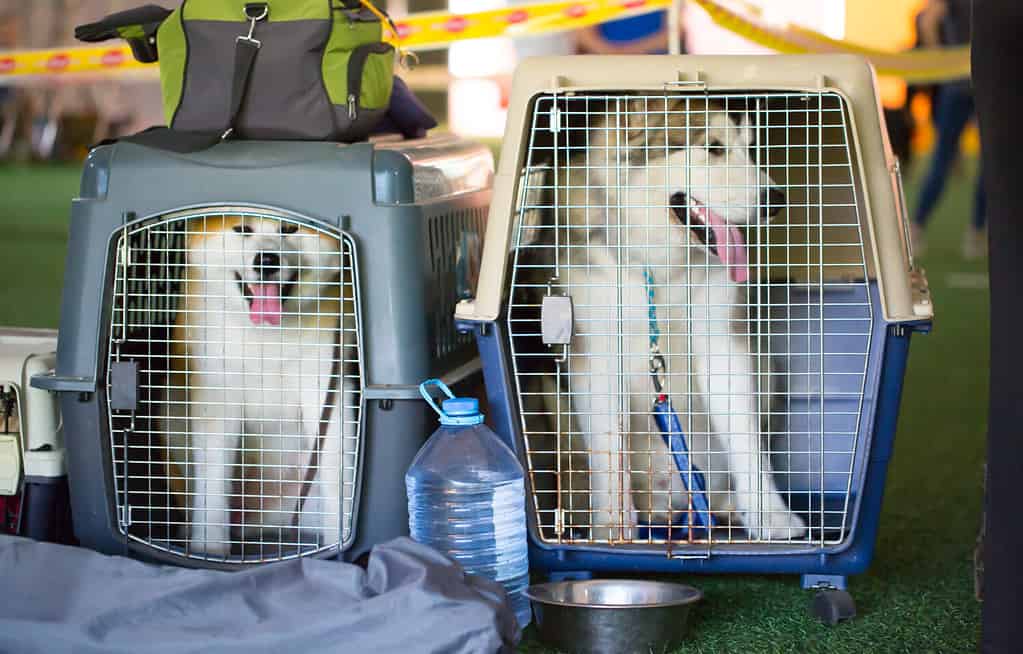
©Vera Larina/Shutterstock.com
Chinchillas are delicate creatures that are highly prone to health issues if they are stressed too much. A move is stressful for everyone, but some animals do better than others. When moving, you are stressed, which makes your pets even more stressed. The added noise, smells, new people, and upturned routines can be tough on pets. They do not know what’s happening or what to expect next.
When a pet is a prey animal, like a chinchilla, the new smells, sights, and sounds can throw their usual schedule for a big, miserable loop. These soft little animals are nocturnal, and with so much craziness and loud noises during the day, they may not get the sleep they need. When the typically nocturnal animal has to sleep at night when they should be awake and foraging, it will inevitably cause massive stress on their tiny bodies. When such a small creature faces such enormous stress and changes in their schedules, they can pick up bad habits and become ill.
4. Electricity Failures can Mean Death

©DimaBerlin/Shutterstock.com
Chinchillas are from high in the Andes mountains, where the temperature doesn’t fall below 20 degrees Fahrenheit and does not ever go above 80 degrees Fahrenheit. When it is above 70 degrees, chinchillas live deep within their burrows under rocks to stay cool. Chinchillas should live between 60 – 75 degrees in a domesticated situation. The temperature should never exceed 75 degrees, or the chinchilla’s body will begin shutting down. This can happen quickly. No amount of time above 75 degrees is safe for a chinchilla.
If you live somewhere prone to electrical failures and blackouts, having a backup plan in such a case is crucial. If the power failure occurs while you work and the temperature rises about 75 degrees where your chinchilla lives, you may come home to a chinchilla acting hot but nothing more. Their ears turn bright red and hot as they try to cool their bodies in the only way they are able. They may also be panting, have a high body temperature, and are reluctant to move. This will lead to a very dangerous version of heat stroke. In many cases, they require immediate vet care and need to cool down with room temperature water before going to the vet.
5. Exotic Vet Care is Costly

©Pixel-Shot/Shutterstock.com
Since we are on the topic of chinchilla emergencies, taking your little buddy to the emergency vet or regular vet will not be cheap. The type of care required for a chinchilla is one only an exotic animal vet can give. Exotic animal veterinarians are quite a bit more than your average vet. They aren’t nearly as common, so you might be looking at a long drive to reach the only one in your area.
Chinchillas do not require much vet care, but when they do, it’s generally an emergency. Have an exotic veterinarian’s phone number you are comfortable with in case of emergencies.
6. Chinchillas are Nocturnal
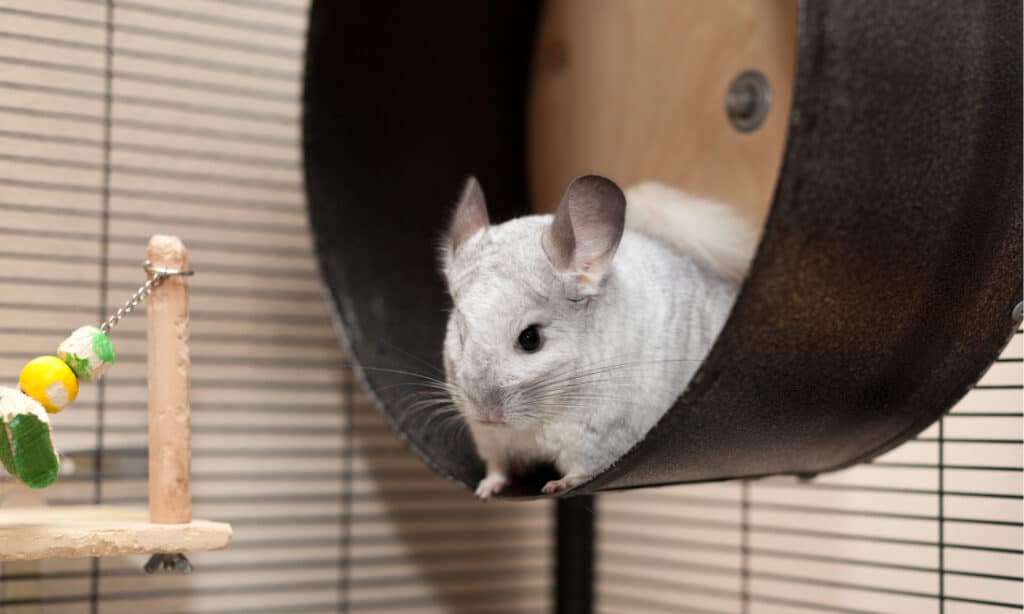
©kesterhu/Shutterstock.com
Chinchillas are the most active at dusk and dawn, which can be reasonably doable for many people if enough time to play with their chinchilla is set aside. These funny little furballs are hyperactive and very fast. They love bouncing off walls and racing back and forth in hallways with a chinchilla friend. This kind of activity can take an hour or more.
They require a lot of exercise time and get agitated when they are constantly kept cooped up. They are up from dawn to dusk, playing and foraging in the wild. Be sure to provide them with a closed wheel to run on safely. It must be the appropriate size for a chinchilla, or they can hurt their backs running on it.
7. Space Required for an Appropriate Enclosure
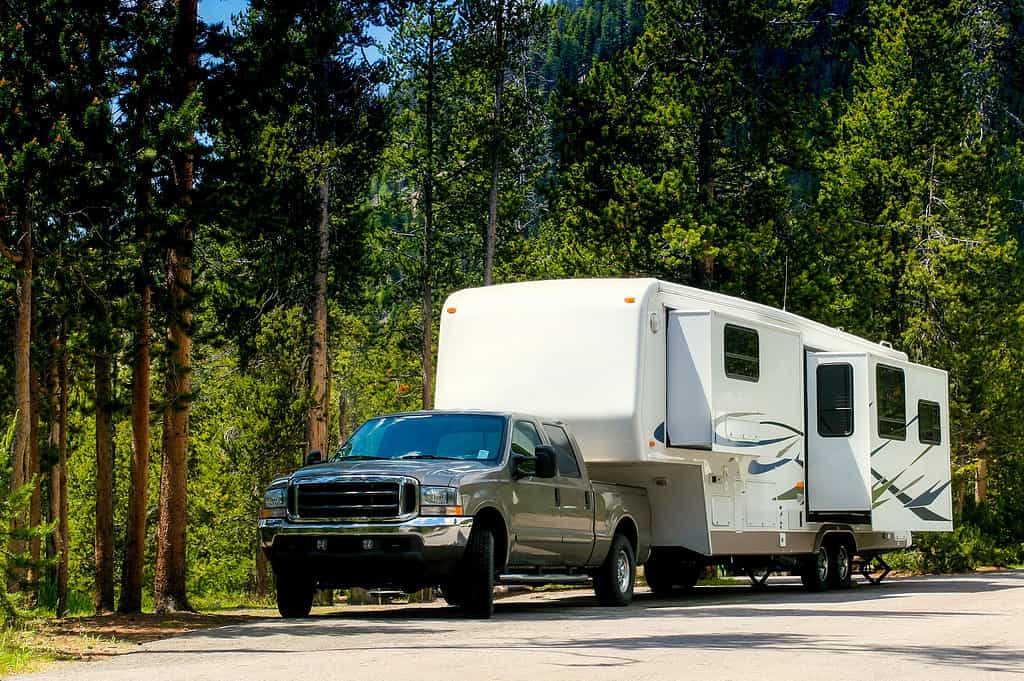
©iStock.com/alptraum
Chinchillas frequently require their own room to run and play in. If that just isn’t doable, you will need adequate space for your friend’s enclosure to fit and a properly closed-off space for them to run and play, free of hazards and other pets. This certainly only works out with some types of living arrangements.
If you prefer van or camper life, a chinchilla is definitely not the pet for you for many reasons. Rental homes aren’t always the best places for a chinchilla, either. Their chewing can be destructive, and their volcanic sand can get into every niche imaginable. This is one pet that would be very difficult to keep secret from your landlord since their enclosure will be huge if done correctly.









